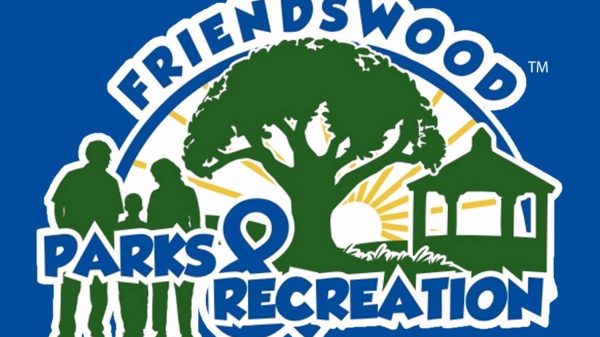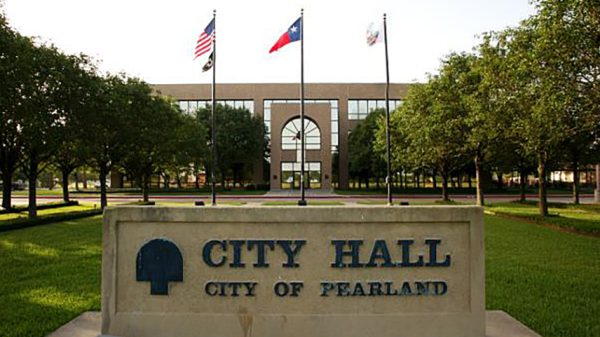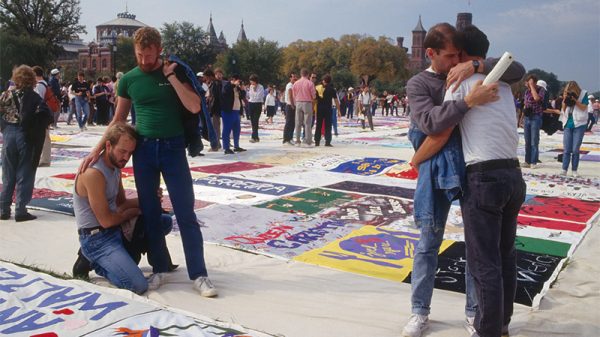
Oatman, Arizona
Most ghost towns know they’re ghosts. But nobody told Oatman, Arizona. This old gold mining spot on Route 66 still has working saloons, real desert burros in the streets, and locals who wouldn’t have it any other way. Clark Gable and Carole Lombard spent their wedding night here in 1939, and you can still book their honeymoon suite today.

Wild burros everywhere
Wild burros roaming Oatman come from pack animals left behind in 1942 when mines closed during WWII. By 2024, their numbers grew to nearly 2,000 in the Black Mountain area, about three times what’s recommended.
Without natural predators, they double in population every five years. You’ll spot some baby burros wearing tags asking you not to feed them. These animals typically wander into town at daybreak and head back to the hills by sunset.

Clark Gable’s honeymoon getaway
Clark Gable and Carole Lombard stayed at the Oatman Hotel on March 18, 1939, right after getting married in Kingman. Built in 1902, this hotel is the oldest two-story adobe building in Mohave County.
Their honeymoon suite upstairs has a replica of Lombard’s blue wedding dress on the bed. Gable loved the town so much he came back often to play poker with local miners. The couple visited regularly until Lombard died in a plane crash in 1943.

Gunfighters perform in the street every day
Oatman Ghost Rider Gunfighters put on shootouts daily at noon and 2:15 PM using real guns with blanks. They’ve been performing in Oatman for over 25 years and are the oldest gunfighter group in Arizona.
After each show, they collect donations for local charities and community projects. Their 20-minute shows feature bank heists and robberies based on real events from Oatman’s mining days. You can meet them after the show and take photos together.

The bar covered in dollar bills
More than 100,000 dollar bills signed by visitors plaster the walls and ceiling of the Oatman Hotel’s Dollar Bill Bar. This tradition started when miners wrote their names on dollars and stuck them to walls as credit for future drinks.
Some bills from the 1940s are still there, now yellowed with age. Locals say playful ghosts sometimes lift money off the bar and float glasses in the air. And yes, you can also add your dollar bill there.

Sticking a dollar bill to the ceiling is trickier than it looks
To get your dollar bill on the ceiling at the Oatman Hotel, you need to chew a piece of gum until it’s sticky, then put it on your signed bill before pressing firmly against the ceiling. This tradition began in the 1920s and continues today with about 500 new bills added each month.
Some visitors make patterns or messages with multiple bills. The oldest bills date back to the 1940s and have turned distinctly yellow. Staff will show you the right technique so your bill stays up for years.

The walkways are straight from the 1920s (almost)
Wooden sidewalks in Oatman feature old-fashioned hand-forged nails and building methods from the early 1900s. The main street hasn’t changed much since the 1920s, even after a big fire in 1921 destroyed many buildings.
During the gold rush, the town had 10,000 people. Now only about 100 folks live here year-round. You’ll notice how the leaning buildings and weathered wood create a real Old West feel that’s different from fancier tourist towns.

Part of the legendary Sidewinder road
Oatman sits on an eight-mile stretch of original Route 66 nicknamed “The Sidewinder” because it has 191 curves and switchbacks. This part includes Sitgreaves Pass with sharp turns and steep hills that made early cars struggle.
From 1926 until 1953, travelers drove through Oatman until a new road bypassed the town. You can still drive this original piece of the Mother Road between Kingman and Topock, but don’t try it in vehicles longer than 40 feet—the road’s too narrow and winding.

Desert views stretch for miles around town
From Oatman’s height of 2,710 feet, you can see landmarks like Thimble Mountain to the west and Elephant’s Tooth to the east. The Black Mountains around town have over 40 old mine shafts visible as dark holes in the rock.
Joshua trees dot the landscape at this height in the Mojave Desert. On clear days, you can see into Nevada and California, with views sometimes reaching 100 miles during winter months.

Gold mining traces are everywhere
Miners pulled more than 1.8 million ounces of gold from Oatman by 1931, worth billions in today’s money. The gold rush kicked off in 1915 when two prospectors hit a $10 million gold deposit (that’s $171 million in today’s dollars). Mining kept going until 1942 when the government shut operations down for the war effort.
You can visit the Glory Hole mine entrance just outside town with its original wooden supports from 1915. Old mining equipment from the early 1900s still lies scattered through the hills.

Western saloons feel frozen in time
Oatman’s saloons serve drinks across the same bar tops used since the gold rush days. Bartenders mix drinks using recipes from the early 1900s, including sarsaparilla, an old-time Western favorite. During the boom years, the town had 20 bars serving thousands of miners.
You can sit at the same bar where Clark Gable reportedly drank with local miners. These saloons still have those iconic swinging doors and rough wooden interiors looking just like they did a century ago.

Local artists create one-of-a-kind items
Artists in Oatman use materials found in the surrounding desert and techniques passed down for generations. Native American jewelers make authentic silver and turquoise pieces in traditional Mohave tribal designs.
The town has 40 shops selling handmade goods, including leather items made the same way since territorial days. You can watch wood carvers turn local mesquite into art pieces in several workshops on Main Street. Many craftspeople come from families who’ve been here since the 1915 gold rush.

Colorful locals bring the past to life
Oatman’s unofficial mayor often greets you wearing authentic 1890s clothes. Several residents are great-grandchildren of original mining families who came during the 1915 gold rush.
Street performers show how to pan for gold using the same equipment miners used over 100 years ago. You might meet “Fast Fanny,” a local character who tells stories about the town’s history. Everyone in town embraces its quirky character, with many residents appearing in TV shows about Route 66.

Feeding burros has strict rules to follow
To feed the burros properly, you need to buy special alfalfa pellets from local stores in green paper bags. Each burro eats about 15 pounds of food daily, with roughly 20% coming from tourist handouts.
Feeding them anything else breaks local rules and can get you fined up to $500. You must hold food in flat open palms while standing beside the animal, never in front of it. Many burros know regular visitors and will come up to familiar faces while ignoring others.
The post Wild Burros Rule This Arizona Ghost Town Where Clark Gable Went on His Honeymoon appeared first on When In Your State.




![Tyson Foods Plant [Photo: Food Manufacturing]](https://southarkansassun.com/wp-content/uploads/2023/08/iStock_1185520857__1_.5e441daa51cca-600x337.jpg)







![Silverado Senior Living Management Inc. [Photo: Los Angeles Times]](https://southarkansassun.com/wp-content/uploads/2023/10/download-6-4-600x337.jpg)

![China's Wuhan Institute of Virology [Photo: Nature]](https://southarkansassun.com/wp-content/uploads/2023/09/d41586-021-01529-3_19239608-600x337.jpg)
















